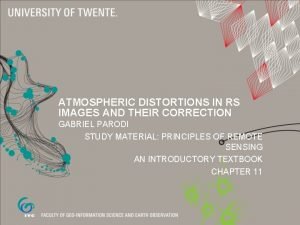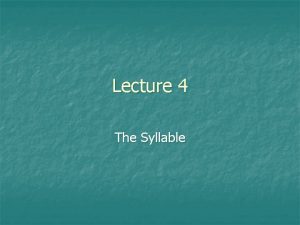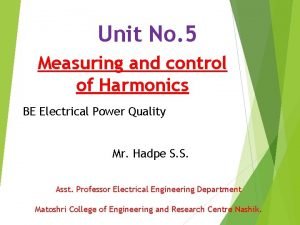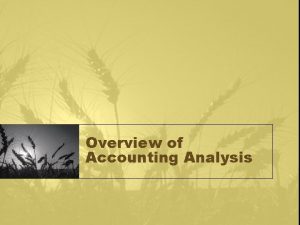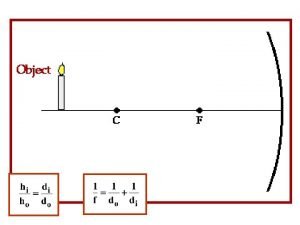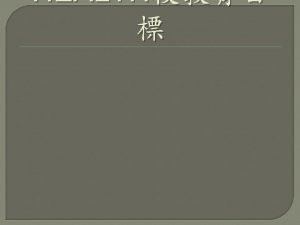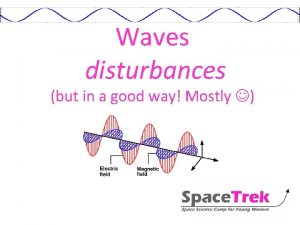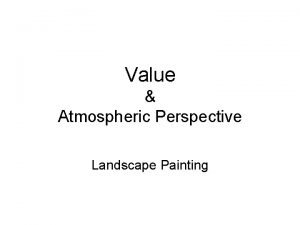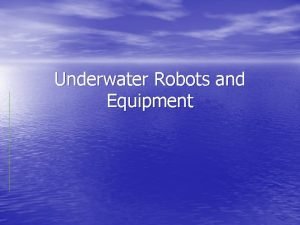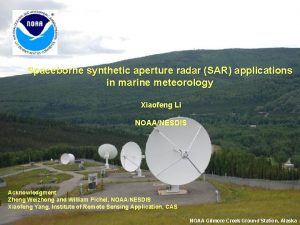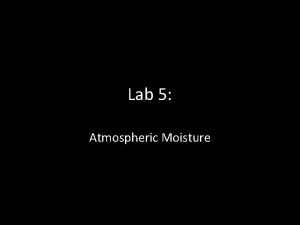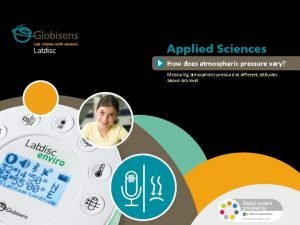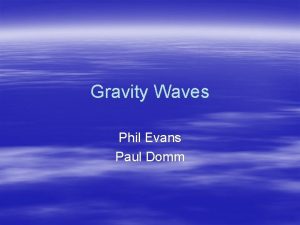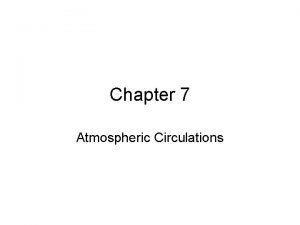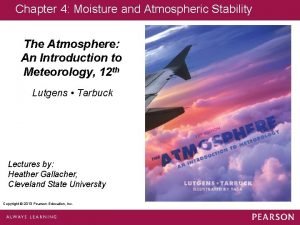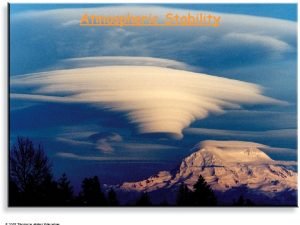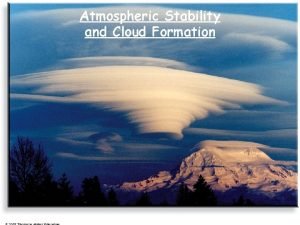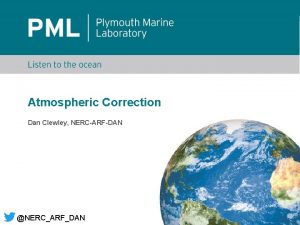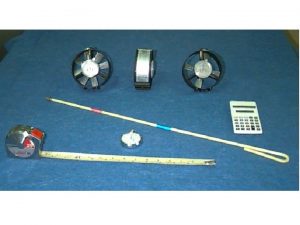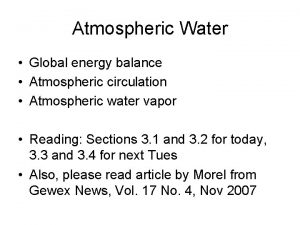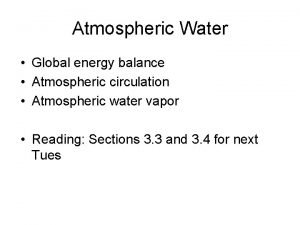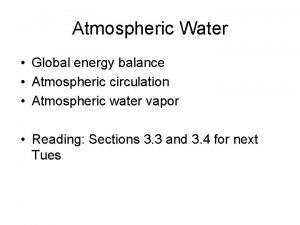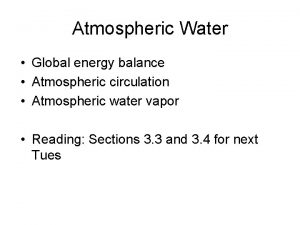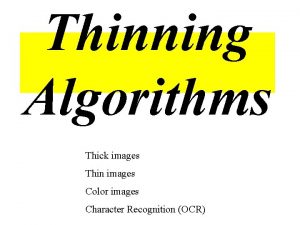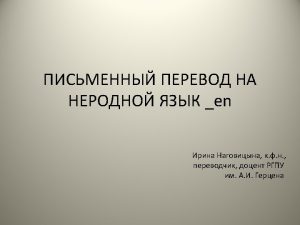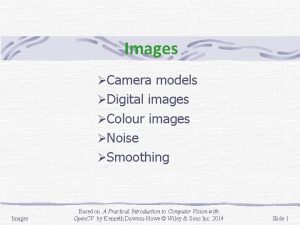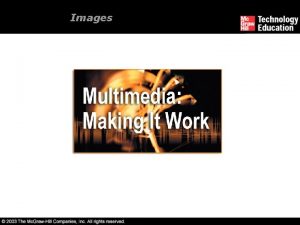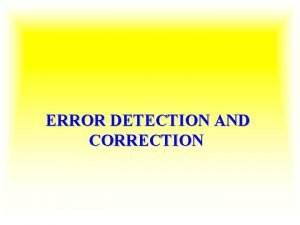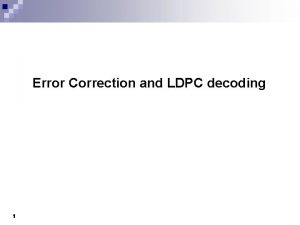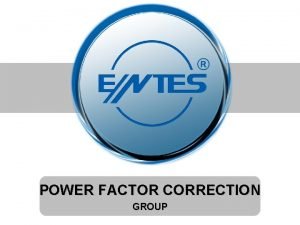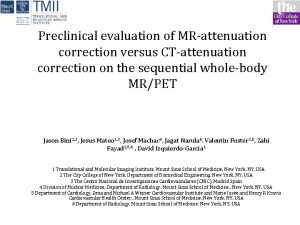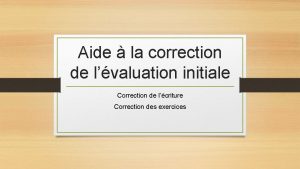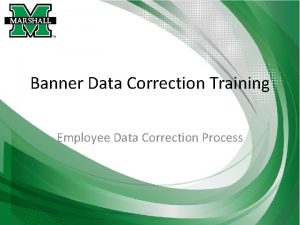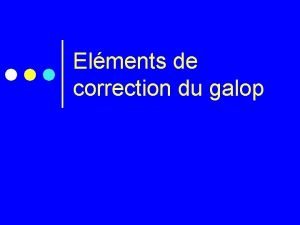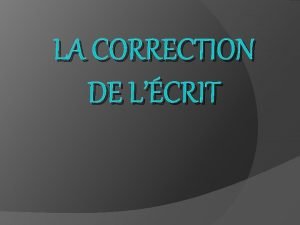ATMOSPHERIC DISTORTIONS IN RS IMAGES AND THEIR CORRECTION






















- Slides: 22

ATMOSPHERIC DISTORTIONS IN RS IMAGES AND THEIR CORRECTION GABRIEL PARODI STUDY MATERIAL: PRINCIPLES OF REMOTE SENSING AN INTRODUCTORY TEXTBOOK CHAPTER 11

Content § Introduction § Atmospheric Effects § Correction Methods

Atmospheric Effects: Radiation Principles Su n Sun gy ner nt e ide Inc i de I nc R. S. Instrument nt ene Atmosperic absortion rgy Cloud Scattered radiation Cloud Direct radiation Scattered radiation EARTH Earth Atmospheric absorption Atmospheric emission Thermal emission Reflected radiation Reflectionprocesses Reflection Atmospheric emission Thermal emission Emission processes

Image Distortions § Distortions (errors) in RS images Ø radiometric Ø geometric § Radiometry influenced by Ø season Ø atmosphere Ø sensor § Geometry influenced by Ø satellite configuration Ø sensor viewing geometry Ø observed terrain

Image Distortions (errors) in RS images (optical systems) § Radiometric Ø System errors minimized by cosmetic corrections Ø Atmospheric distortions minimized by atmospheric corrections § Geometric Ø minimized by geometric corrections

Radiometric Distortion § What is a radiometric distortion? Ø It’s an error that influences the radiance or radiometric value of a scene element (pixel). § Why? Ø Signal travelling through atmosphere; atmosphere affects the signal Ø Sun illumination influences radiometric values Ø Seasonal changes affect radiometric values Ø Sensor failures or system noise affects values Ø Terrain influences radiance § Multi-temporal or multi-sensor analysis requires corrected images

Interactions with Atmosphere § Measurement of Radiance by Optical Sensors Ø Sun is source of radiation Ø EMR is reflected by the Earth (amount depends on reflectivity or albedo of Earth surface) Ø Radiation has to pass atmosphere 2 x § Interaction with Atmosphere: Ø Scattering Ø Absorption

Atmospheric effects § Haze Ø Sun radiance is scattered in the direction of the sensor by small particles and molecules in the atmosphere Ø Can cause increase in radiance received at the sensor § Correction (approximation) Ø Select object that absorbs all radiance (e. g. water body); ideal DN = 0 Ø Due to haze DN 0; subtract radiance value from all pixels

Haze – Example (Indonesia) Haze Effect Corrected Image

Haze Correction § Dark object subtraction method § Assumption: infrared bands are not affected by Haze § Identify black bodies: clear water and shadow zones with zero reflectance in the infrared bands § Identify DN values at shorter wavelength bands of the same pixel positions. These DN are entirely due to haze § Subtract the minimum of the DN values related to black bodies of a particular band from all the pixel values of that band

Effects of Sun Illumination § Position of sun Ø Sun elevation (sun-angle) Ø Sun - earth distance § Correction elevation Ø Division of each pixel value by the sine of solar elevation angle for particular time and location per spectral band § Correction distance Ø Sun irradiance decreases with square of distance

Effects of Sun Illumination § Corrections are needed to compensate for sun illumination variations resulting from different scene acquisition dates § Applications Ø Change detection studies Ø Mosaics

Correction for seasonal variations in Sun illumination § Sun angle correction § Earth-Sun distance correction Where d is the day number in a year

Remote sensing methods: From ground to satellite Satellite DN Atmosphere Calibration Atmospheric correction Surface Direct problem Soil information Inverse problem Radiance TOA= ao +a 1 * Dn Radiance TOA Real Radiance Inverse problem: Given TOA get Surface

Atmospheric correction methods § Atmospheric correction is the procedure that reduces the effect of scattering and absorption in the signal § Two procedures: Ø Relative AC methods based on ground reflectance (seen here) Ø Absolute AC methods based on atmospheric processes they will be seen later

Two reference surfaces (1) § Input: 1 band of a satellite in date A (called master) and the same band in a date B (slave) § Output is not and atmospherically corrected image BUT an image matching a reflectance compatible with the atmosphere of another similar image taken a previous date, allows comparative results only. § It does not requires field measurements but reflective invariant areas (areas that do not change reflectance in time) § Find reflectance invariants in both images (sand, water, forest, quarry, etc) and relate them linearly ρSD ρMB Master date A ρSB Slave date B

Two reference surfaces: Analysis § If the atmosphere would be the same in the two dates, then the reflectance of the invariants by definition should be identical. § Since the atmosphere is not the same, there is a difference in reflectance of the invariants § Plotting the difference in reflectance vs. the reflectance of the slave image (only for the invariants), then a linear relation is found. § The procedure ends by calculating a new “artificial” slave image having a ground reflectance that would be the one of the slave image if that day the atmosphere would be the same as the atmosphere of the master image. § Now the master and the slave image can be compared since the atmosphere was forced to be the same in both images. So, if there are cahnges in the reflectances it will not be due to the atmosphere.

Field and laboratory spectrometry

Two Reflectance Measurements § Input: one band of a satellite to be atmospherically corrected § Output is the atmospherically corrected image band, so, it allows flux quantification § Requires radiometric field measurements at bright and dark targets in identical wavelength range TOA radiance Sat= RSatbright Radiance at ground: RGbright TOA radiance Sat= RSatdark Radiance at ground: RGground Radiance Ground Corr= a + TOA * b Radiance TOA

Standard atmospheres Tropical model atmosphere profile. Midlatitude summer model atmosphere profile. Midlatitude winter model atmosphere profile. US 62 model atmosphere profile.

Summary Radiometric Correction § We need to correct for atmospheric effects, variations in sun illumination and system defects § Atmospheric correction is the most complex correction § In many cases only haze correction is applied (dark object subtraction) § If we want to relate RS data with field spectrometric measurements we need to apply full atmospheric corrections, taking into account wavelength dependent factors, such as diffuse sky irradiance, transmission coefficients, path radiance and sensor calibration coefficients

 Atmospheric distortion correction
Atmospheric distortion correction Trade distortions and marketing barriers
Trade distortions and marketing barriers Simpler syllables
Simpler syllables Ten cognitive distortions
Ten cognitive distortions The devices for controlling harmonic distortions are
The devices for controlling harmonic distortions are Analysis in accounting
Analysis in accounting Real images vs virtual images
Real images vs virtual images Hi ho di do
Hi ho di do Https://tw.images.search.yahoo.com/images/view
Https://tw.images.search.yahoo.com/images/view How to save images on google images
How to save images on google images Yahoo.com.yw
Yahoo.com.yw Atmospheric opacity
Atmospheric opacity Atmospheric perspective landscape
Atmospheric perspective landscape Atmospheric suits
Atmospheric suits Atmospheric gravity waves
Atmospheric gravity waves Penn state meteorology certificate
Penn state meteorology certificate Lab 5 atmospheric moisture
Lab 5 atmospheric moisture Pressure at different altitudes
Pressure at different altitudes Atmospheric gravity waves
Atmospheric gravity waves Single cell model of atmospheric circulation
Single cell model of atmospheric circulation Atmospheric stability
Atmospheric stability Unstable equilibrium
Unstable equilibrium Conditionally unstable atmosphere
Conditionally unstable atmosphere
